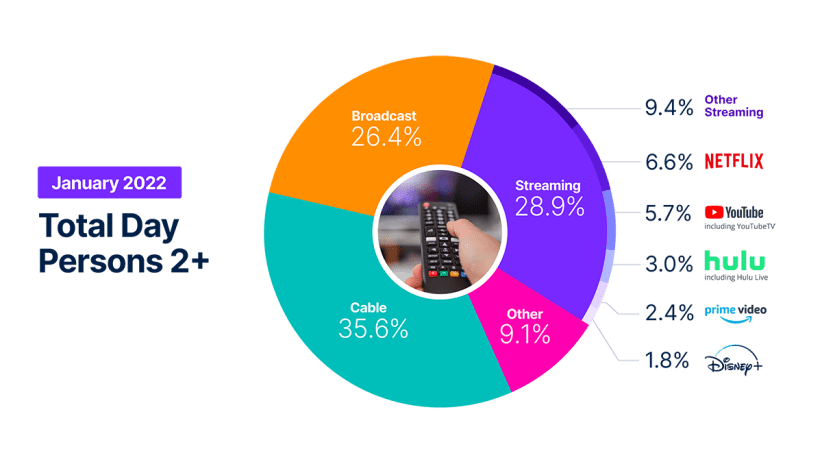Future of TV Briefing: What TV and streaming companies’ latest earnings reports say about the state of the industry
By Tim Peterson
The Future of TV Briefing this week takes a look at what TV and streaming companies’ most recent earnings reports indicate about the state of the business.
- Peak TV
- TV advertising’s measurement mess
- Snapchat creators’ money grab, HBO Max’s bug infestation, publishers’ YouTube problem and more
Peak TV
It’s all TV now. That is the main takeaway from TV and streaming companies’ latest quarterly earnings reports.
In the second quarter of 2021, the broader TV industry flatted further. That showed up in the general growth on the streaming side of the industry. But it may be most apparent in the mixed bag that was the period from April through June for some companies.
The key hits:
- A year after the streaming surge in the immediate wake of the pandemic, subscribers seem to be spreading out.
- TV and streaming ad revenues have rebounded, in some cases to pre-pandemic levels.
- The pay-TV industry continues to shed subscribers, but the trend is more nuanced than just the numbers.
Streaming subscribers spread
The streaming wars may be beginning to take a toll on Netflix, which lost subscribers while its competition gained them in the second quarter.
With 209 million paying subscribers globally, Netflix remains the dominant subscription-based streamer. However, it lost 433,000 subscribers in the U.S. and Canada during the period. What exactly contributed to the latter subscriber loss is anyone’s guess. A few factors to consider are:
- Netflix is still refilling its programming pipeline following last year’s in-person production hiatus.
- Netflix’s first-quarter price hike has made the service less of a must-buy for some people.
- As people got vaccinated and began to spend more time outside their homes and away from screens, some were less willing to pay for Netflix.
- The influx of other subscription-based streamers is taking a toll.
Any and all of those factors may be at play, but let’s consider the last a little more. In the same period as Netflix lost subscribers in the U.S. and Canada, other subscription-based streamers added customers.
- Disney reached 173.7 million subscribers across its three subscription-based streamers, a 9% increase quarter over quarter.
- WarnerMedia’s HBO and HBO Max gained 3.6 million subscribers, including 2.8 million in the U.S., to total 67.5 million subscribers.
- ViacomCBS added 6.5 million streaming subscribers during Q2 2021 to hit 42 million subscribers across its streaming services, which include Paramount+.
- Discovery’s Discovery+, which debuted in January, ended the quarter with 17 million paying subscribers (and has since added 1 million more).
Again, Netflix is still king of the streaming jungle. But the food chain does seem to be starting to tilt sideways.
Then again, Netflix won the war for people’s attention by a fairly wide margin in a quarter when Roku reported that the amount of time people spent streaming video on its connected TV platform dropped by 1 billion hours from the first quarter. Netflix saw its share of TV and streaming audiences’ watch time grow from 6% in May to 7% in June, while runners-up YouTube and Disney’s Hulu held at 6% and 3%, respectively, according to Nielsen.
<h3 …read more
Source:: Digiday





